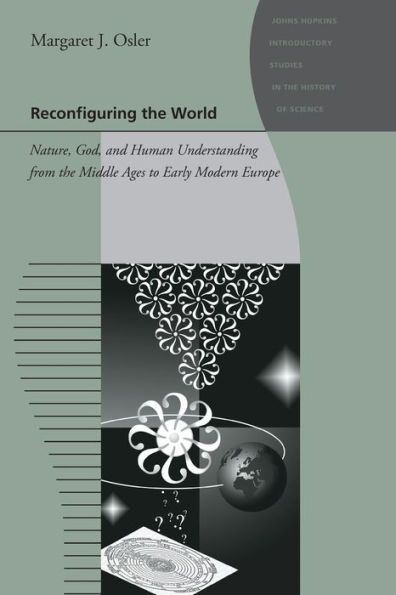5
1
9780801896569



Reconfiguring the World: Nature, God, and Human Understanding from the Middle Ages to Early Modern Europe available in Paperback, eBook

Reconfiguring the World: Nature, God, and Human Understanding from the Middle Ages to Early Modern Europe
- ISBN-10:
- 0801896568
- ISBN-13:
- 9780801896569
- Pub. Date:
- 09/01/2010
- Publisher:
- Johns Hopkins University Press
- ISBN-10:
- 0801896568
- ISBN-13:
- 9780801896569
- Pub. Date:
- 09/01/2010
- Publisher:
- Johns Hopkins University Press

Reconfiguring the World: Nature, God, and Human Understanding from the Middle Ages to Early Modern Europe
$30.0
30.0
In Stock

Product Details
| ISBN-13: | 9780801896569 |
|---|---|
| Publisher: | Johns Hopkins University Press |
| Publication date: | 09/01/2010 |
| Series: | Johns Hopkins Introductory Studies in the History of Science |
| Edition description: | New Edition |
| Pages: | 200 |
| Product dimensions: | 5.90(w) x 8.90(h) x 0.60(d) |
| Age Range: | 18 Years |
About the Author
What People are Saying About This
From the B&N Reads Blog

